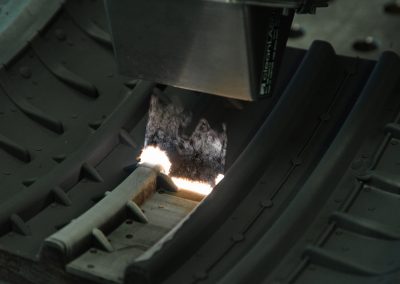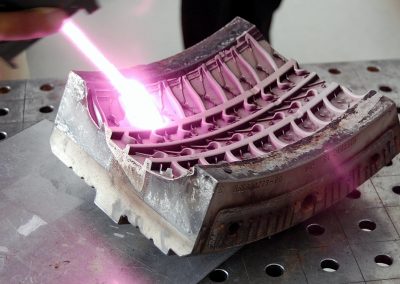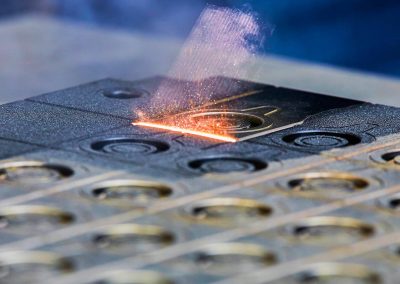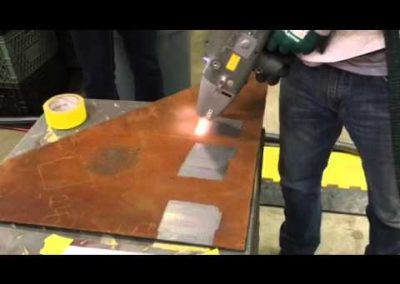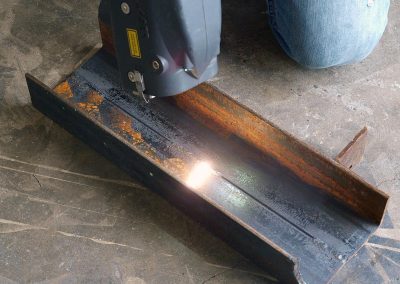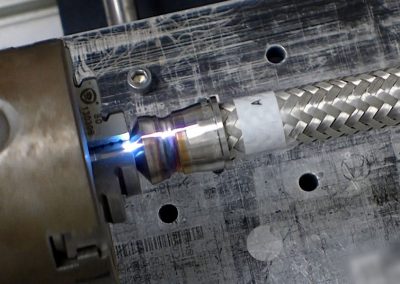Laser Cleaning With Laser
Laser Cleaning With Laser
Laser cleaning is an environmentally friendly process used to remove rust, paint, oxides and other contaminants from metal surfaces. Due to its efficiency, an increasing number of used in practice. Laser cleaning requires a pulsed fiber laser (typically 50 watts or more). Traditional industrial cleaning methods are often seen as tedious and very much difficult.
Rust removal can be time and effort consuming. Oxidising, removingMay contain hazardous chemicals specific to each material required. In some cases, sandblasting the paint can damage the underlying metal.
Dealing with these problems often has a significant cost, but laser cleaning is changing that: affordable costs that reduce cleaning times and maintenance.
If you are in doubt about these claims about laser technology, read on for the basics of what a laser does when removing contaminants and coatings.
1.All Materials Has a Ablation Treshold
Laser ablation occurs when a layer of material or a coating is removed with a laser beam. This is the process behind all laser cleaning applications. When the beam hits the surface, the molecular bonds in the dust or rust layer are broken and ejected from the substrate. In less technical terms, you can imagine that the layer to be removed is simply vaporized by the laser beam.
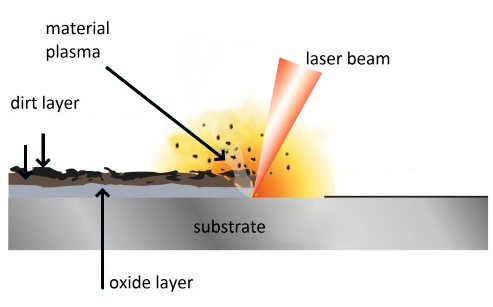
A simple way to grasp the importance of the ablation threshold is to compare it to throwing a ball over the wall. Never throw it to the other side if you don't throw it high enough.cannot pass. Even if you throw the ball a thousand times, you will always fail. The same applies to laser rust removal. You can hit the laser beam thousands of times, but as long as the energy is below the ablation threshold of the material you're working on, nothing goes away.
Each material has different properties and therefore different molecular bonds. In other words, each material has a certain ablation threshold. To successfully remove a layer of material, the energy transferred by the laser beam must be above the ablation threshold of that material.
2.You Can Make An Adaptive Cleaning
Let's continue our analogy. Imagine that, behind the first wall there is an another higher wall, and a ball is thrown with enough energy to pass over the first wall but not enough energy to go over the second wall. The ball would bounce off the second wall and has fallen between the two walls. Once again, No matter how much you throw the ball, you will always get the same result. You will pass the first wall, but never the second.
Since there is an ablation threshold for each material, when trying to remove an unwanted layer from an object, laser cleaning can discriminate between two or more materials.
For example, the rust removal threshold is much lower than the threshold for common metals such as steel and aluminum. The same goes for paint and oil. This big gap between the two values allows contaminants and coatings to evaporate completely without any risk of damaging the underlying parent material.
3.The Higher The Power The Faster The Cleaning
You can think of laser ablation as similar to carving stone with a hammer and chisel. You can use a small hammer and make many small hits on the surface. Or you can use a larger hammer to take advantage of the power, thus reducing the number of strokes required and increasing the lifting speed.
Fiber laser cleaning systems can remove any layer using two different methods. The laser beam is either a continuous wave of light or at a certain repetition rate.it is pulsed. The lifting speed varies a lot depending on the method, even if the result is almost the same.
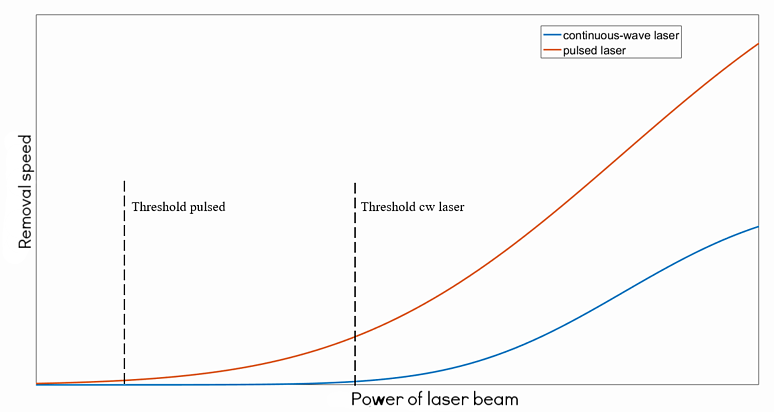
Putting the same energy into a short pulse for a given surface area increases power. It's like using a bigger hammer. The pulsed laser beam is more efficient and provides a faster ejection speed than continuous beam. While short laser pulses clean surfaces faster, they also ensure that the underlying material does not get too hot.
4.It's Consumable Free and Environmentally Friendly
There are literally no consumables, as this cleaning method uses only a laser beam to vaporize the layer to be removed. It,That's the beauty of lasers that only need to be plugged in and ready to use.
Moreover, lasers do not use any chemical products or solvents. This makes laser surface cleaning one of the safest solutions when it comes to removing rust and coating.
However, as laser cleaning vaporizes materials into fumes, you should have a smoke evacuation system near the laser.
5.Laser Cleaning Serves Many Industries
Removal of burnt rubber residues from tire molds, giving a new look to old pipelines, Larger projects such as cleaning pipes at nuclear power plants, removing paint from a rusty bridge and preparing weld surfaces are projects that could benefit from industrial laser cleaning.
This non-contact cleaning technique can be used in numerous industrial applications. The only limit is the distinction capacity between material to be removed and material to be protected.
Currently the most common laser cleaning applications include:
- Weld pretreatments to remove rust and other contaminants from weld areas
- Post-weld treatments to remove aluminum and stainless steel oxides
- Laser surface preparation to maximize paint adhesion
- Laser oxide removal from special alloy ingots
- Removal of coating immediately after coating to replace part masking on production lines
- Painting parts that will be scrapped due to paint defects
Laser cleaning replaces chemical etching and offers a set-then-forget solution.
Sample Images


